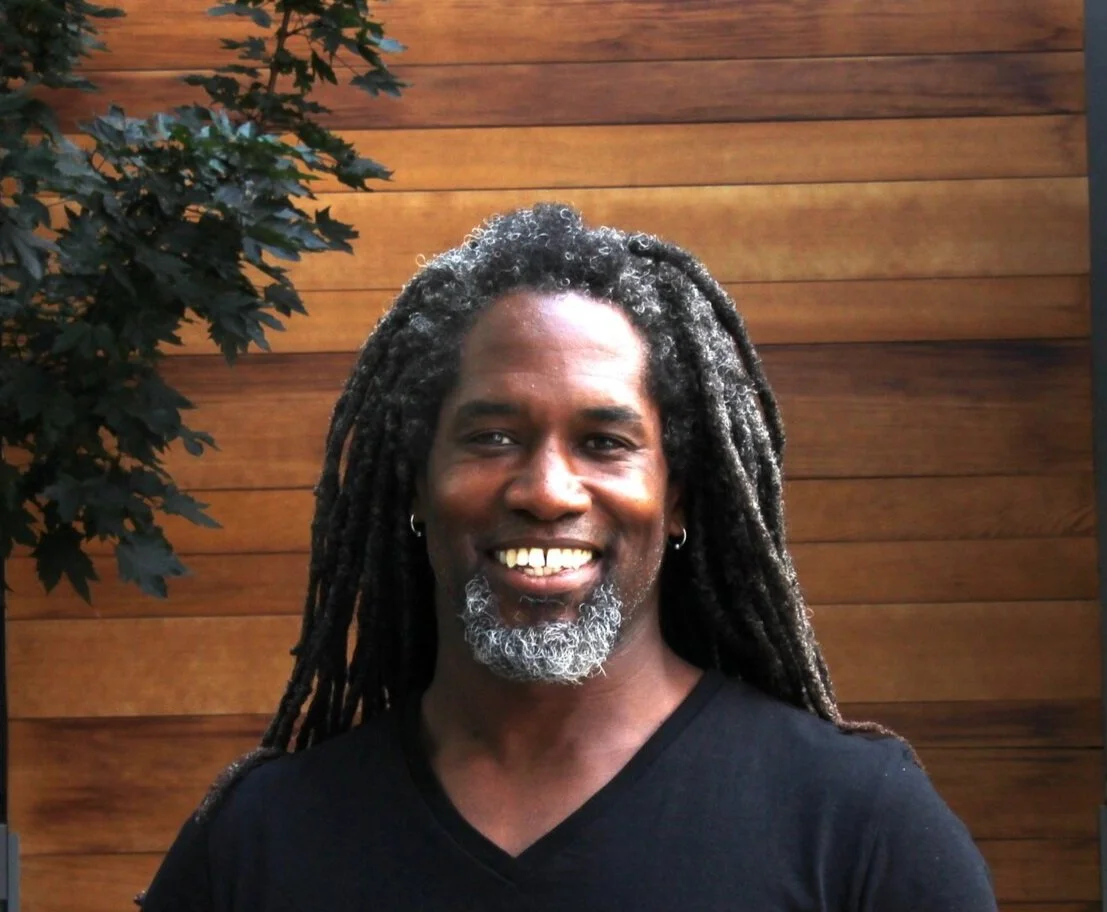Time: 30-35 minutes
Frequency: 1-2x week
Focus: Lower Body/Core
Reps: 15-20 reps
Format: You may choose whatever exercise you want from each category but perform the categories in order (Squats, Planks, Lunges, Planks, Random Legs). You may exchange any of the following based on availability: a dumbbell (DB), medicine ball (MB), a suitcase, or book. You must complete every exercise (25 total).
1. Squats
-Explosive air squats (quick stationary squats while thrusting your arms upward)
-Squat with weight raise (raise the weight from your chest to the overhead position while squatting)
-Squat weight slam motion (start with the weight overhead and swing it downward as you squat) or weight swing squat (like a kettlebell swing)
-Explosive squat with weights at your side (explode upward without leaving your feet, squeeze your glutess at the top of the movement)
-Explosive squat with weight on the chest (explode upward without leaving your feet, squeeze your glutess at the top of the movement)
Personal Trainer Wisdom: Please keep in mind that you need to keep your lower back in a neutral position and straight feet hip width (no wider). Basically, maintain the natural curve with your heels under hips. If you notice a posterior tilt (rounding of lower back) in your hips as you squat, stop just before and squeeze your glutes as you return to the standing position.
2. Planks (30-60 Seconds)
-Different variations using the floor, couch, or chair
Personal Trainer Wisdom: You will maintain the neutral spine no matter the exercise….especially on a plank. Too much flexion (rounding of your lower back) or extension (arching of the lower back) will wreak havoc on your sweet little disks (the impact buffers between the vertebrae of your spine). With this being said, maintain the neutral spine with your elbows planted below your shoulders and your hands placed in the “I’m holding a square box” position (not trademarked yet). Think: Your thumbs up and hands spaced shoulder width. If your hands are any closer, you are transferring the energy from your core to your shoulders (and you don’t want to do this).
3. Lunges
-Walking lunge with light dumbbell twist (slightly rotate the weight two inches past your bent knee, keep your shoulders and hips squared up, and don’t lean while rotating to each side)
-Walking lunge with overhead weight press (press weight overhead as you lunge downward….like a shoulder press)
-Walking lunge with weight on chest (keep the weight in the same position)
-Walking lunge with weight swing (swing weight up as you lunge downward from your hips….like a kettlebell swing)
-Forward and back lunge (only drop knee halfway and return to the starting position as if you’re performing a single leg squat….which means limit the weight on the back foot or your knee will be barking at you)
Personal Trainer Wisdom: Unfortunately, lunges shouldn’t be named lunges. An “alternating stepping kneel” may be more appropriate (less sexy though). Think about it: A lunge insinuates that you’re allowing forward momentum (energy) to push forward at a downward angle while sacrificing your knees and overusing your quads (similar to lunging at a person with a sword in a movie). We’re cutting out other important muscles of the leg and reinforcing a dysfunctional dependence of the quads. Instead, you should step forward into a kneel and then return to a standing position like a single leg squat (isolating your hamstrings and glutes on the leg in front of you). Use the big muscles in the posterior chain and explode from the kneeling position! While the quads are part of the equation, they shouldn’t be the main focus here!
4. Planks (30-60 Seconds)
-Different variations using the floor, couch, or chair
5. Random Legs (30-60 Seconds)
-Mountain climbers, 2x (hold onto a chair with your straight arms and drive your knees toward your chest (alternate) without compromising your neutral spine)
-Stairsteppers or chairsteppers while holding a weight at your chest, 2x (start by standing on a chair against the wall and step down with each foot, return each foot to the top before dropping the other)
-Mountain climbers with a twist (hold onto a chair with your straight arms and slightly drive your knee towards the opposite shoulder to engage the obliques (alternate) without compromising your neutral spine)
Photo Credit:
fitnessmagazine .com–How will you lunge into this weekend?





































